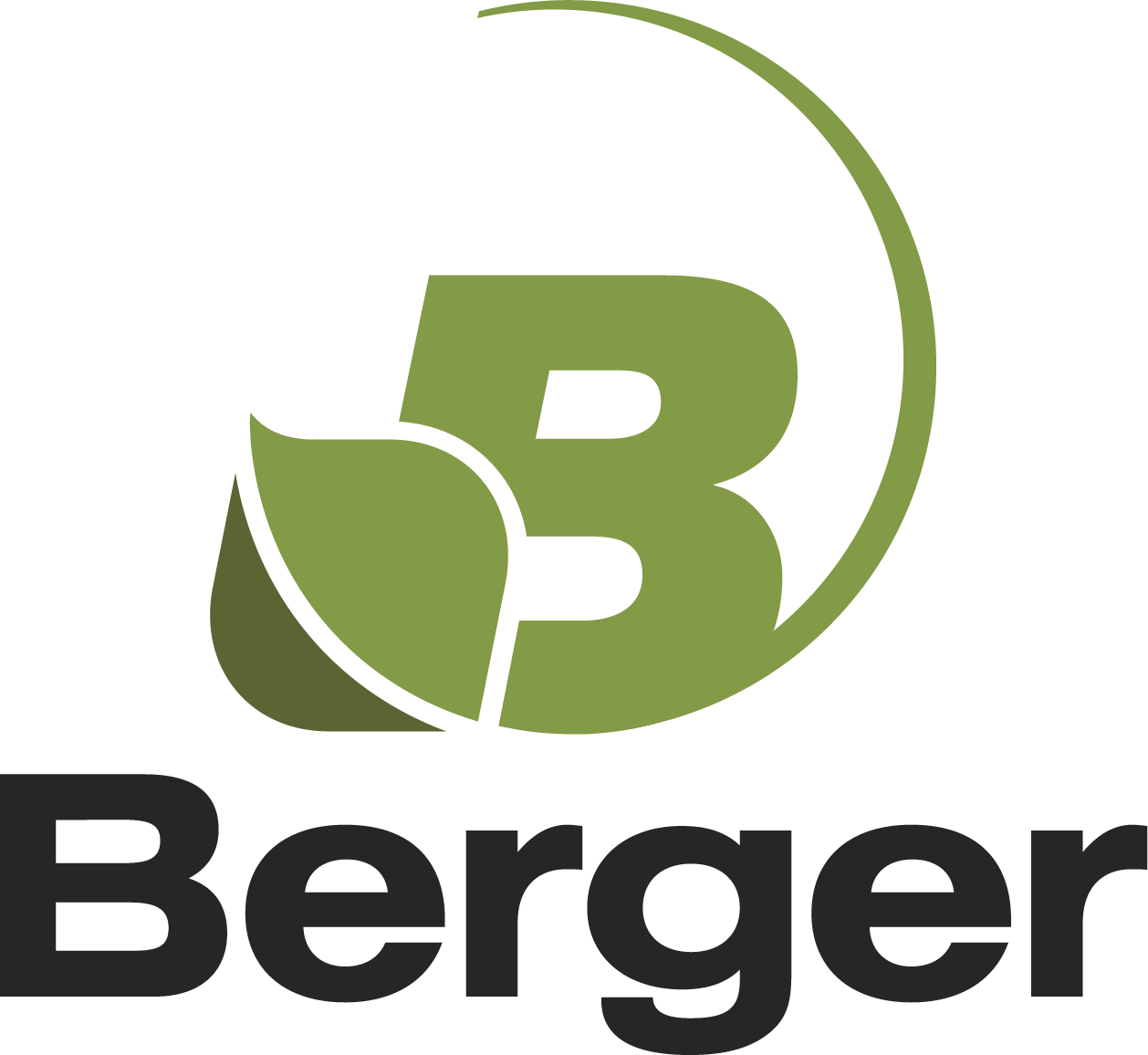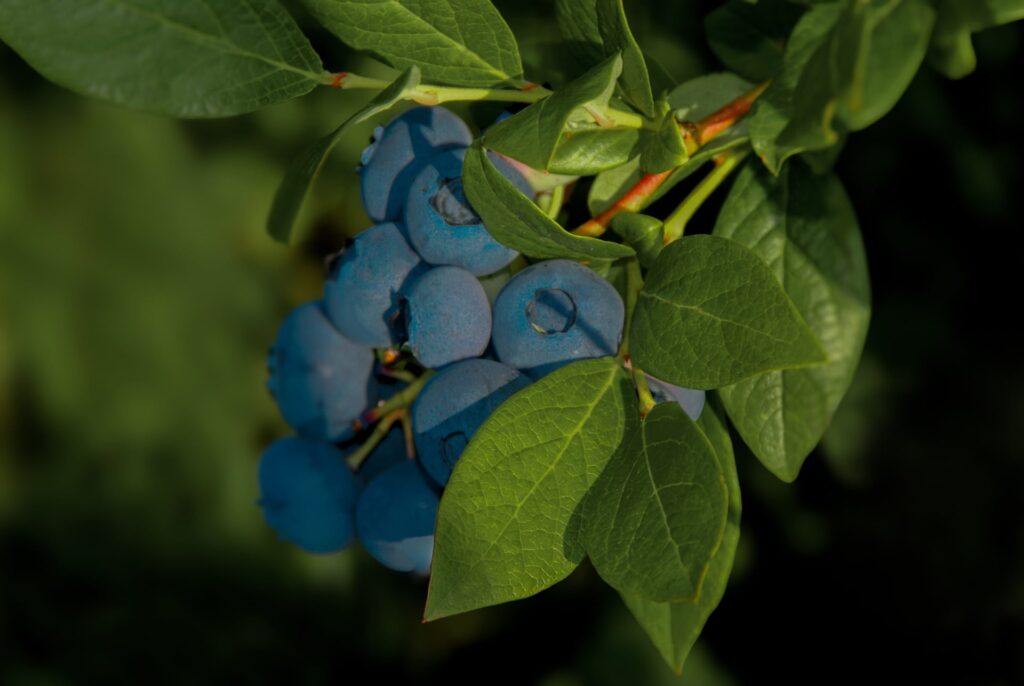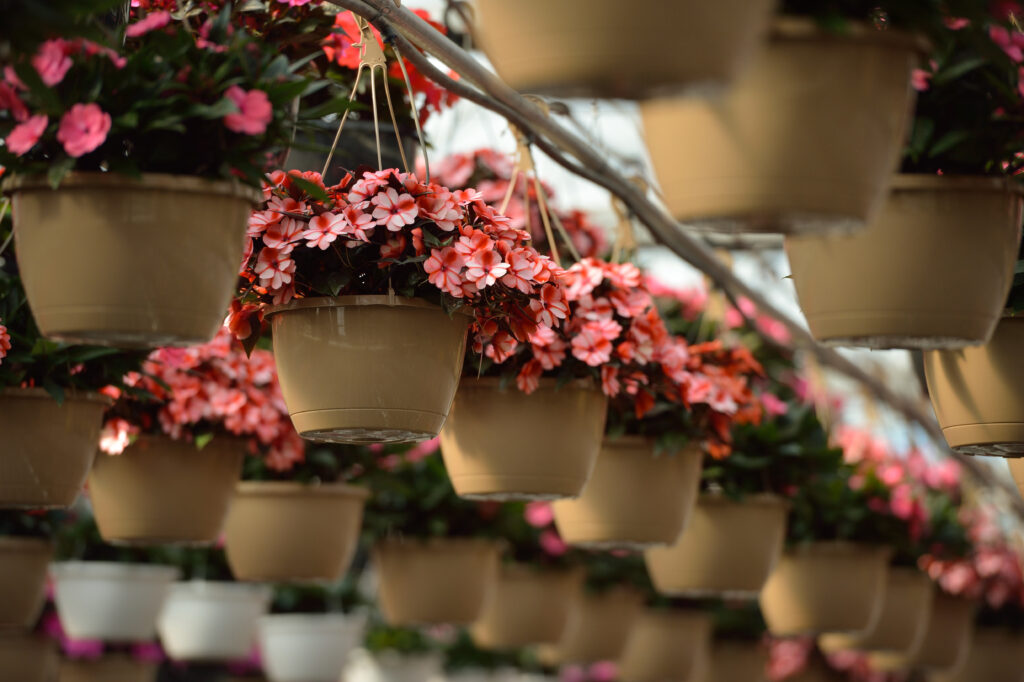Heat-Related Pests and Challenges: Understanding and Managing the Summer Greenhouse
Author: Jack Bobo, Grower Advisor
Summer greenhouse production may be less intense than spring in terms of volume and diversity of plants, but it presents its own unique challenges. By understanding how high summer temperatures impact plant physiology, growers can adjust their cultural practices to better meet the needs of crops during the summer months. Additionally, it is essential to consider potential summer pests and pathogens that may target vulnerable plants, allowing for more effective management strategies.
As climate conditions intensify and summers grow hotter, greenhouse growers face increasingly complex challenges that threaten crop yield, quality, and plant health. Heat-related issues are not merely seasonal inconveniences; they have deep implications for plant physiology, cultural practices, infrastructure, pest and disease outbreaks, and overall greenhouse operations. By understanding the wide-ranging effects of high temperatures and adopting proactive management strategies, growers can maintain productivity and reduce the risks associated with extreme summer conditions.
Plant Physiology
Plant physiology is greatly affected by high heat. Photosynthesis is inhibited at high temperatures because enzymes that facilitate this process, such as Rubisco, slow down their functioning when temperatures are greater than 85℉ (30℃), thus reducing ATP synthesis and rendering the plant with less energy. Less energy leads to slower growth, lower yield, and overall lower quality plants. Similarly, transpiration is affected by higher temperatures due to increasing evaporation rates. When evaporation increases, plants lose more water through transpiration, substrates dry faster, leading to wilting and reduced growth. Subsequently, lower water content in the substrate can impair nutrient uptake and transport within the plant, leading to deficiencies. Roots are especially susceptible to high temperature which impairs root health due to altered protein and cellular structure. This in turn also leads to poor nutrient and water uptake, reducing photosynthetic rate and shoot growth. Moreover, prolonged high substrate temperature can damage or kill roots. One can see this phenomenon in many plant production operations: when taking the pot off, notice how roots accumulate on opposite sides of the pot from sun interception. This is also known as the “southside” root effect in plants; however container color can affect root zone temperature.
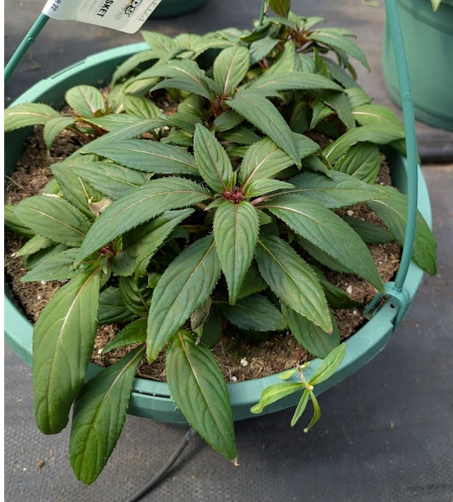
High Heat and Humidity
Heat begins to be even more difficult to manage in a greenhouse when humidity increases. When one heats the air in a greenhouse, relative humidity initially decreases because warm air holds more moisture. However, absolute humidity (the amount of water vapor in the air) stays the same unless the moisture is removed (often through ventilation or dehumidification). The dew point is the temperature in which air becomes saturated and water vapor condenses into a liquid. If the greenhouse air cools below the dew point, condensation forms, yielding wet plants and increasing risk of disease. Evaporative cooling has limited ability toi reduce air temperature therefore cooling pads are less efficient. Similarly, high humidity decreases transpiration, making it more difficult for plants to regulate their internal temperature, and irrigation timings may need to be adjusted.
In a low humidity scenario, adding water to air can help cools the greenhouse more efficiently; there is better dry down in the root zone, and better oxygen exchange and air flow. However, in drier climates it is easier to dry out the rootzone, therefore shade is needed to protect plants.
![]()
Cultural Practices
Heat generally increases plant need for water, as higher temperatures lead to higher transpiration rates, allowing the plant to cool itself. The plant also needs water to maintain turgor pressure to stay upright. This water is being drawn from the substrate, drying it out. Growers must pay attention to the fine line between dry down and dry out. Peat moss is known for its ability to hold water; however, it is less well known that it is very hydrophobic once the material has become completely dry. Having materials such as wood fiber can help combat dry peat’s hydrophobicity, however, a keen eye and more precise irrigation scheduling are of utmost importance during this time. On another note, if using drip irrigation, hot water in the drip lines can damage roots, so caution is recommended if drip lines are in the sun or have been sitting for too long.
The potential impact of high temperatures on cooling systems could cause equipment failure and/ or higher maintenance costs due to these machines working harder, and using more energy (increasing costs) to cool the greenhouse. Higher temperatures cause materials to expand and contract, therefore, maintenance on fanbelts, cooling pads, vents, and irrigation pipes are paramount. As previously mentioned, higher temperatures reduce ventilation efficiency as it is difficult to maintain proper airflow and control the temperature during the summer. Evaporative cooling can only do so much; therefore, shading is often recommended. However, shading can cause issues; too much shade will cause plants to stretch, and too little shade will allow plants to burn. Similarly, improper shade cloths and structures can have adverse impacts on plant growth and curtain caps can allow excess heat to escape. As always, care and surveillance should be taken with all crops.
High heat can also affect fertilization and microbial activity. Organic fertilizers cannot be converted into inorganic forms that plants can absorb as fast as they can under cooler temperatures. On the other hand, controlled release fertilizers release is faster under higher temperatures in used and unused mixes. This can lead to high EC, and when mixed with heat and humidity, will cause the root system to shut down, opening the door to diseases like pythium. Similarly, a high EC in substrates that are drying down within the rootzone can become toxic and burn root hairs, damaging plants and slowing growth. If one has a pH/ EC meter on hand, make a slurry of 2 parts water and 1 part substrate, allow to sit for 20 minutes then check the pH and EC of the mix before implementing it into a growing regime.
Heat Related Pests and Pathogens
Many insect pests thrive in warm greenhouse environments. Heat accelerates their life cycles, allowing populations to multiply rapidly. Common pests include spider mites, aphids, thrips, fungus gnats, shore flies, mealybugs, scale insects, caterpillars, and leaf miners.
Growers attempting to cool their crops through frequent irrigation may inadvertently keep media too wet, creating ideal habitats for fungus gnats and shore flies. Some pests, like scale and mealybugs, have waxy or hard coatings that make them resistant to standard chemical treatments, especially under summer conditions. Close monitoring and integrated pest management are essential.
Several fungal pathogens become more virulent in high temperatures and humidity. Botrytis (grey mold) flourishes during bloom under tight plant spacing and low light. Powdery mildew thrives in warm, humid conditions, and unlike many fungi, it doesn’t require free water to infect. Rhizoctonia is triggered by temperature fluctuations, while Fusarium and Thielaviopsis are persistent soilborne pathogens that can devastate root systems late in crop cycles. Water molds (Oomycetes), such as Pythium, Phytophthora, and downy mildew, are particularly dangerous in warm, wet environments. These pathogens produce motile spores that swim through water and colonize roots, causing damping-off and root rot. They often establish in hydroponic systems, irrigation lines, and water reservoirs. Once present, they are extremely difficult to eradicate.
![]()
Bacteria like Xanthomonas and Pseudomonas flourish in warm, wet environments. They typically manifest as water-soaked lesions with yellow halos, often angular and restricted by leaf veins. These pathogens require wounds or natural openings to infect and are difficult to control once established.
–
Heat also encourages the proliferation of weeds, which compete aggressively with crops for water, nutrients, and light. Species such as pigweed, barnyard grass, lambsquarters, crabgrass, purslane, and mare’s tail are particularly resilient and problematic in summer. They grow quickly, develop thicker cuticles (reducing herbicide absorption), and produce more seeds under hot conditions. Inadequate weed control can lead to long-term infestations.
The most effective strategy for handling heat stress is preparation. Planning ahead allows growers to schedule irrigation, maintenance, and planting in ways that mitigate risk. Using growing degree days (often known as GDD) can help time crop cycles to avoid the hottest periods. Staff protocols and equipment test runs ensure that everyone and everything is ready when the heat hits. Key practices include optimized irrigation timing, uniform water distribution, and appropriate shading and ventilation. Adjusting pot spacing, pot color, and substrate type can also influence heat retention and root zone temperatures. Monitoring for clogged emitters and hot spots in the greenhouse is essential.
Hot weather may reduce the effectiveness of some biological controls, making disease prevention and sanitation even more important. Clean greenhouses thoroughly before planting, sanitize irrigation lines, and eliminate alternate plant hosts. Products like Strip-It and KleanGro can be applied to surfaces and irrigation systems to kill lingering pathogens. Regular perimeter weed control, the use of pre-emergent herbicides, mulching, and hand-pulling are also critical.
During summer greenhouse visits, watch for early signs of trouble: algae or liverwort on floors, sticky traps full of pests, and weeds creeping inside. Staff should develop greenhouse visit protocols to prevent the spread of pests and diseases between locations.
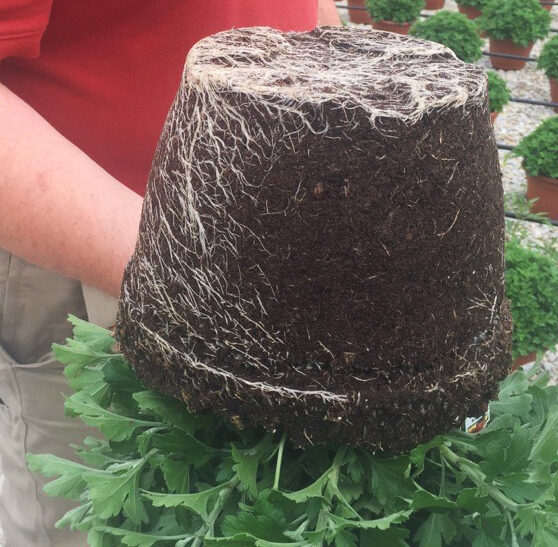
Successfully navigating heat-related issues requires a combination of scientific understanding, proactive cultural practices, and vigilant monitoring. Summer is a high-stress season, not just for plants, but for greenhouse operations and staff. Key takeaways include:
- Prepare equipment and staff before summer arrives.
- Prioritize sanitation and preventative treatments.
- Avoid high salt concentrations in hot conditions.
- Water appropriately (overwatering reduces oxygen in the root zone).
- Know your crops: some are more vulnerable than others.
- Don’t forget to plan for fall, even in the heat of summer.
With the right strategies in place, growers can turn a potentially damaging season into an opportunity to demonstrate resilience, care, and expertise in their growing systems!
Be the first to receive our technical articles, expert advice and much more.
Subscribe to our newsletter
